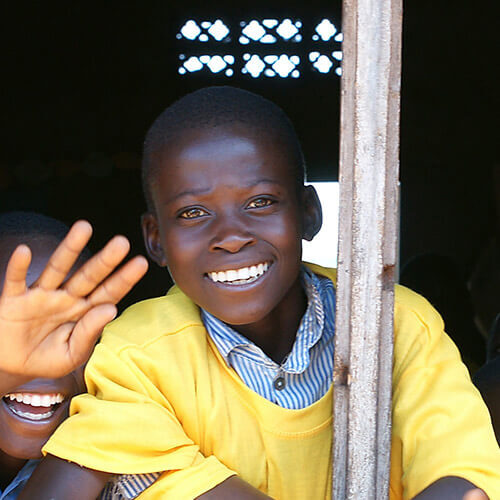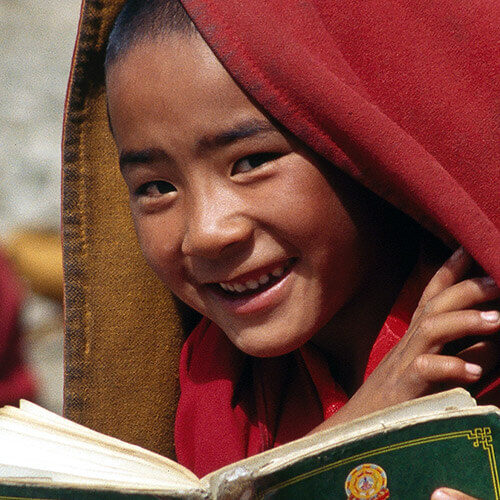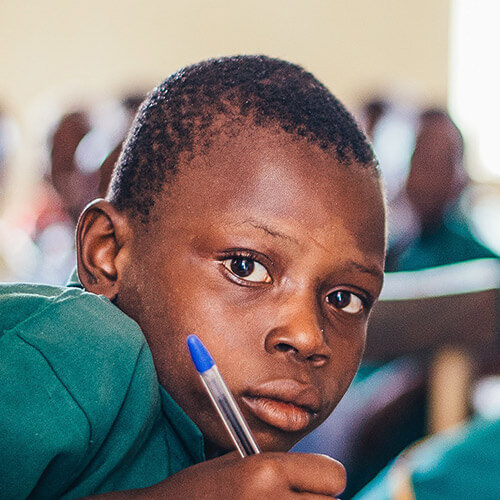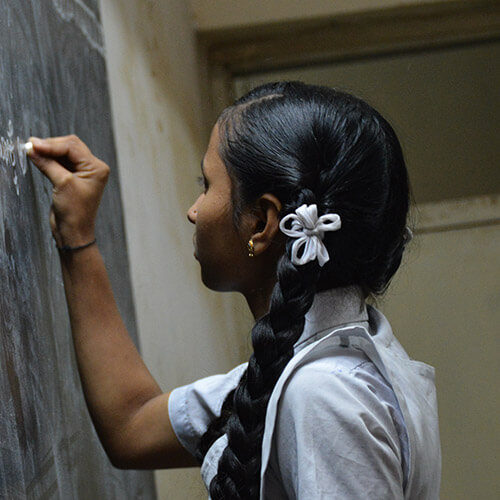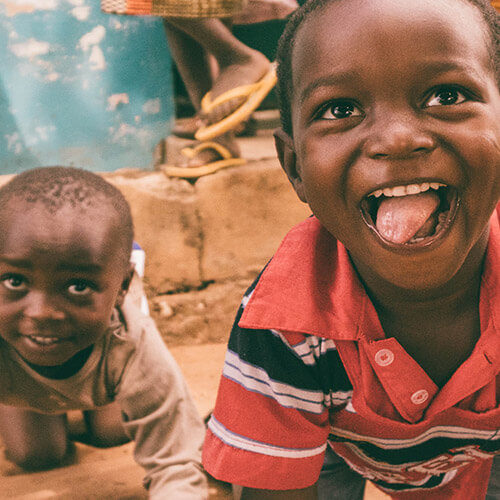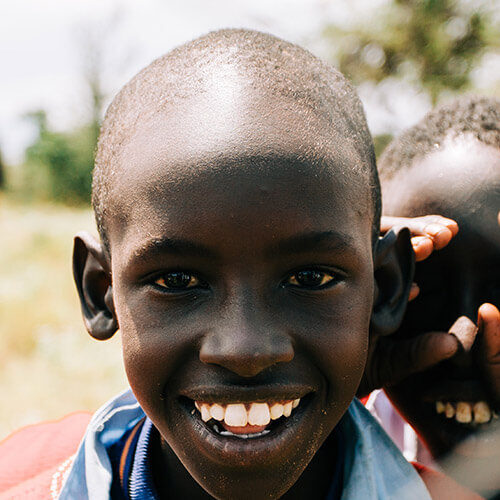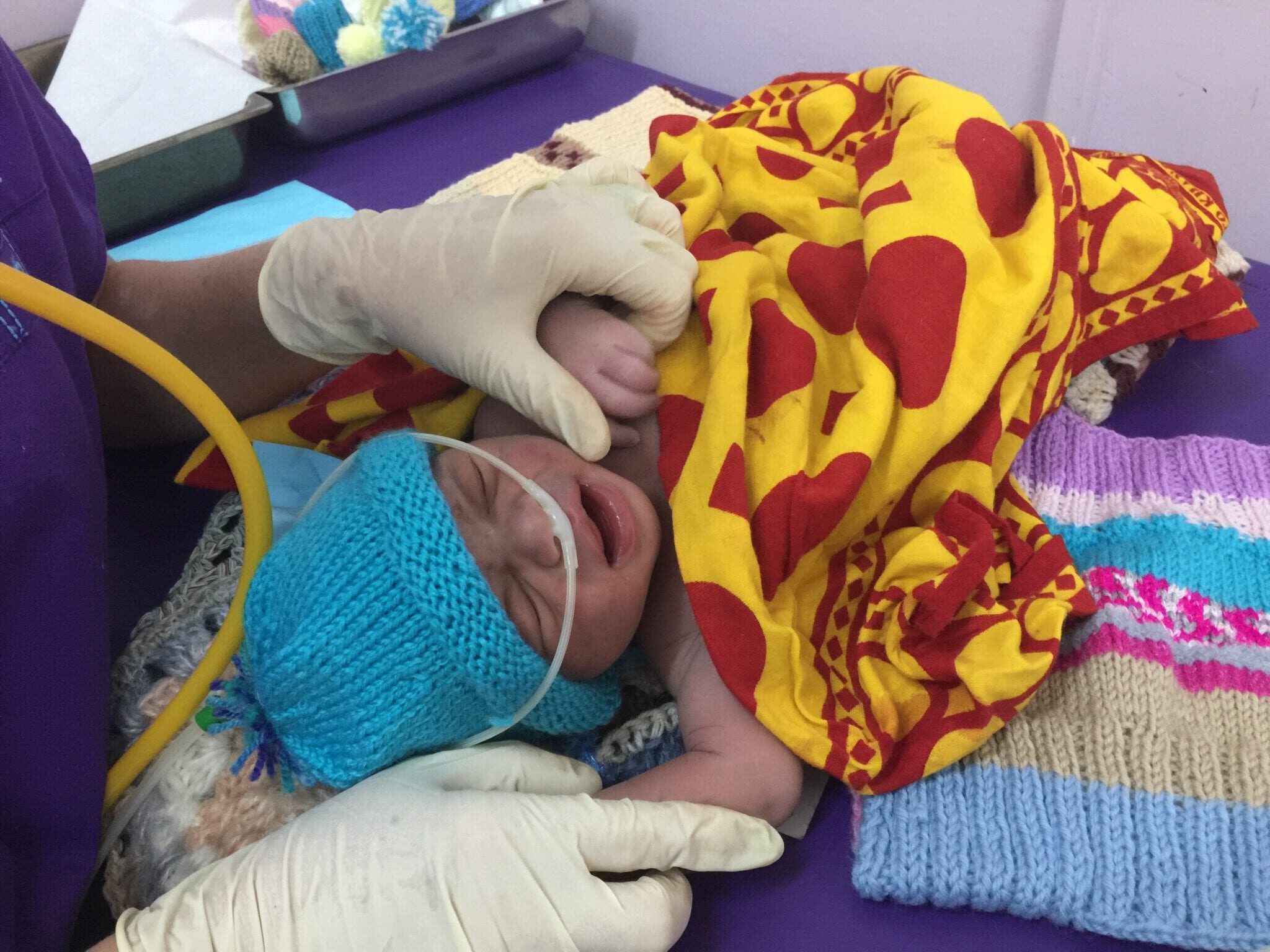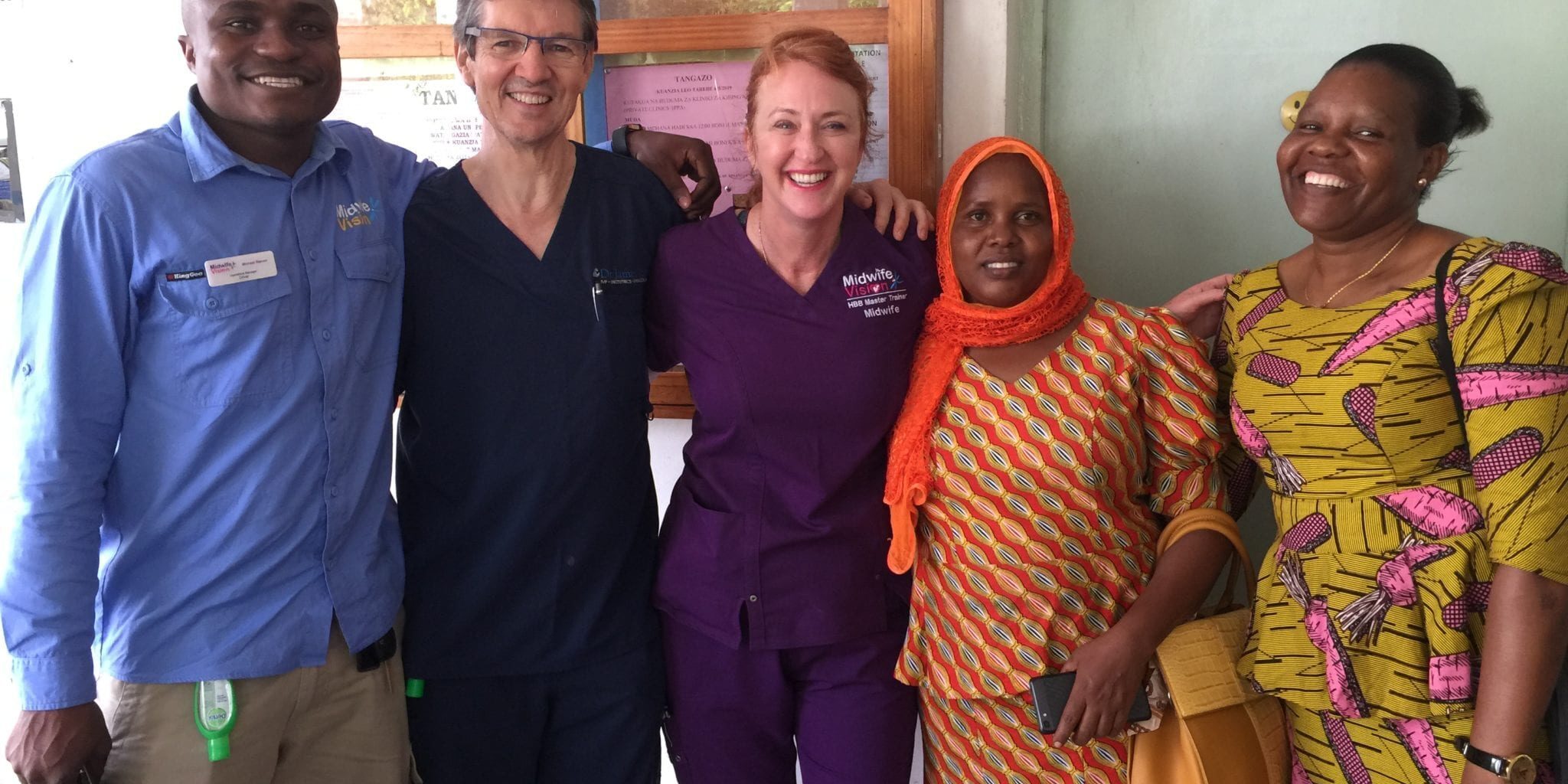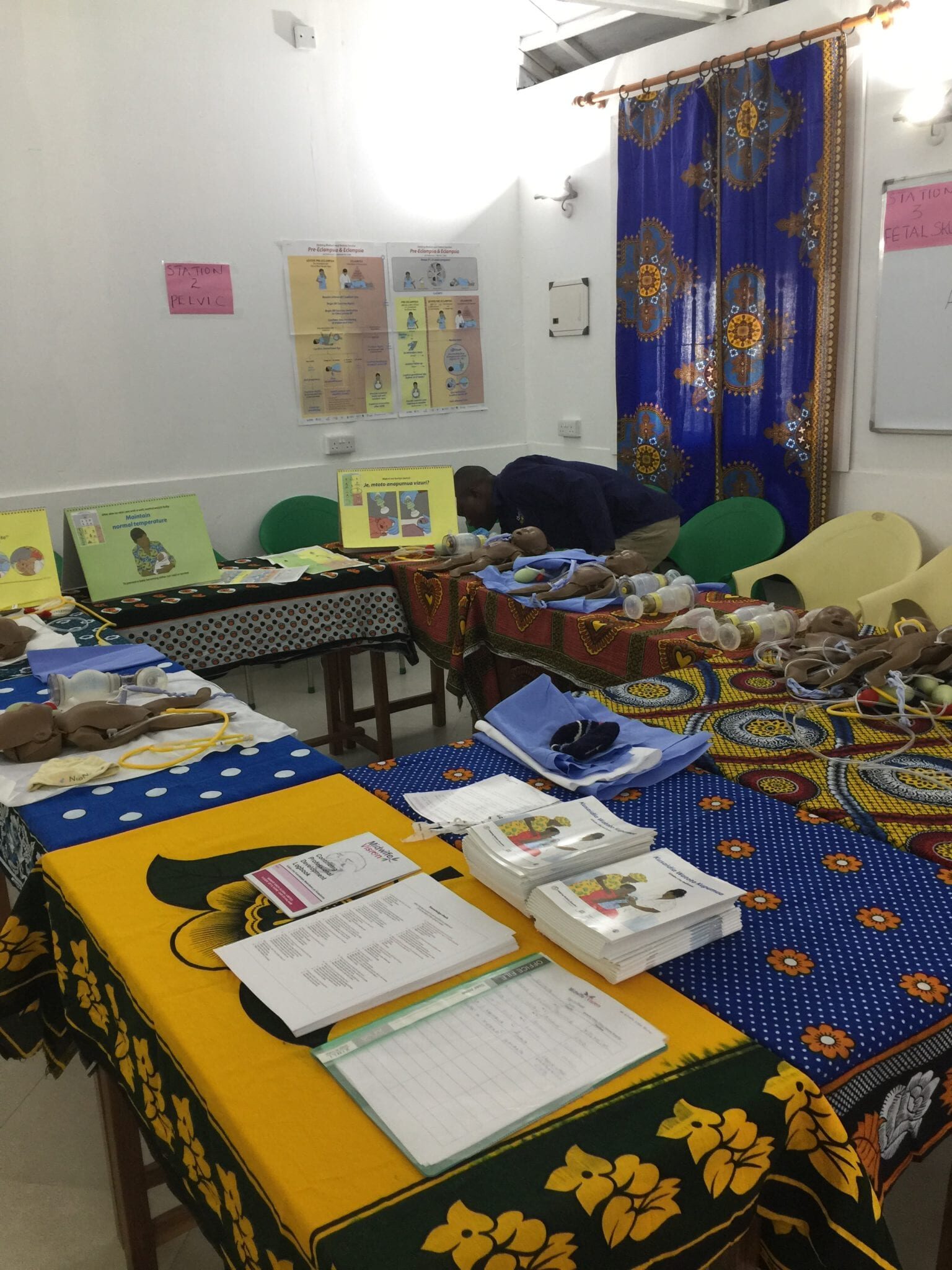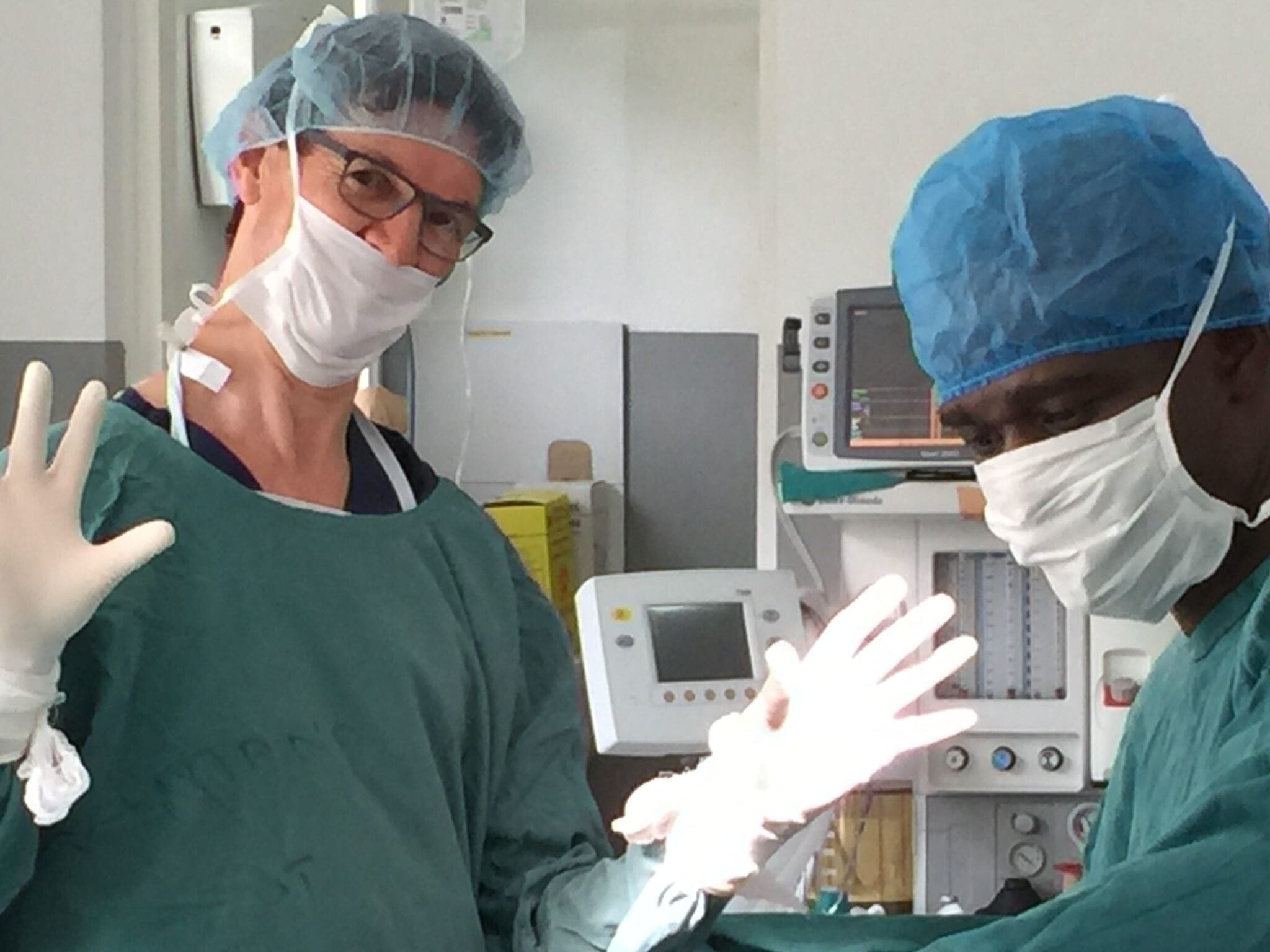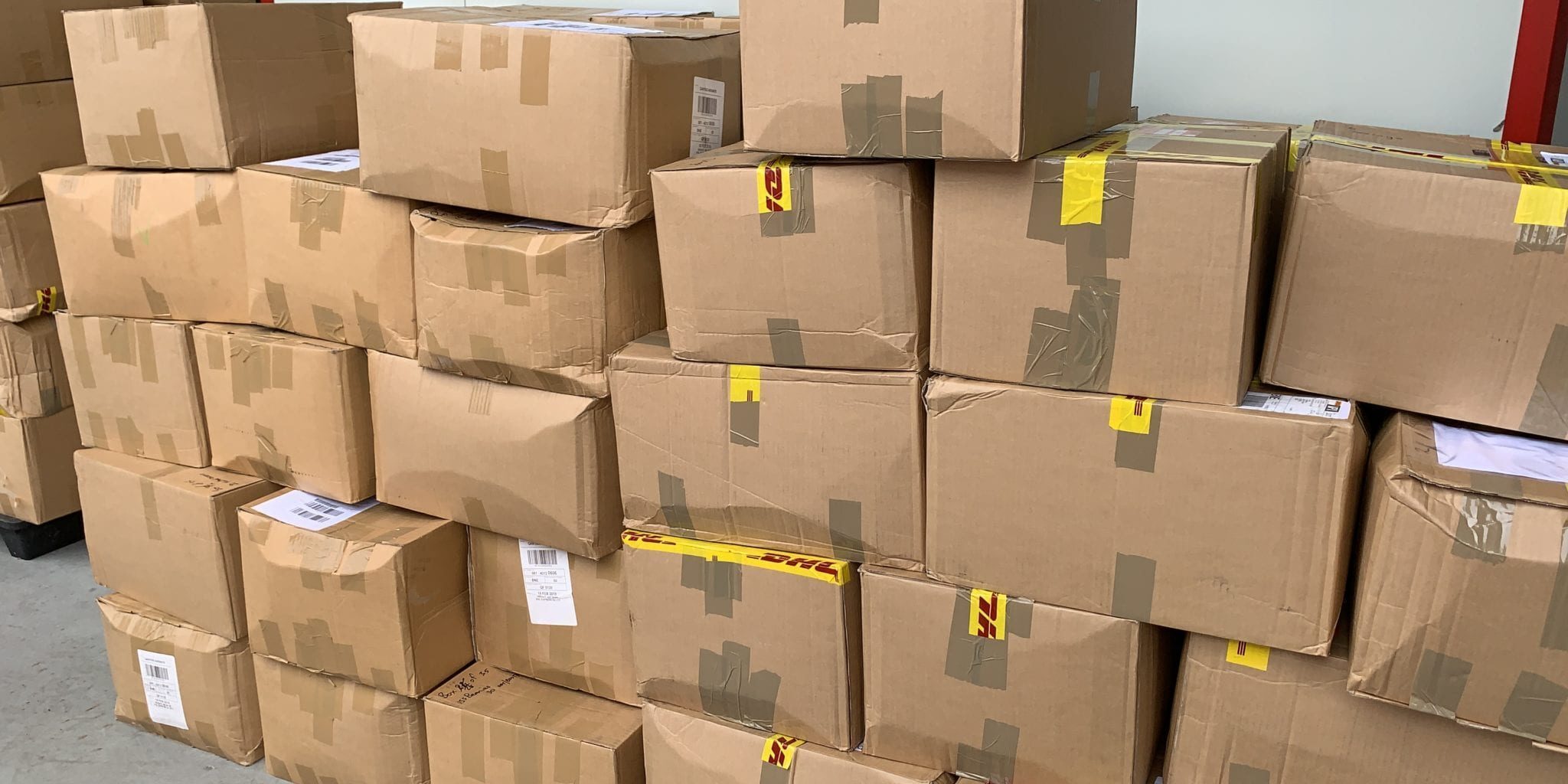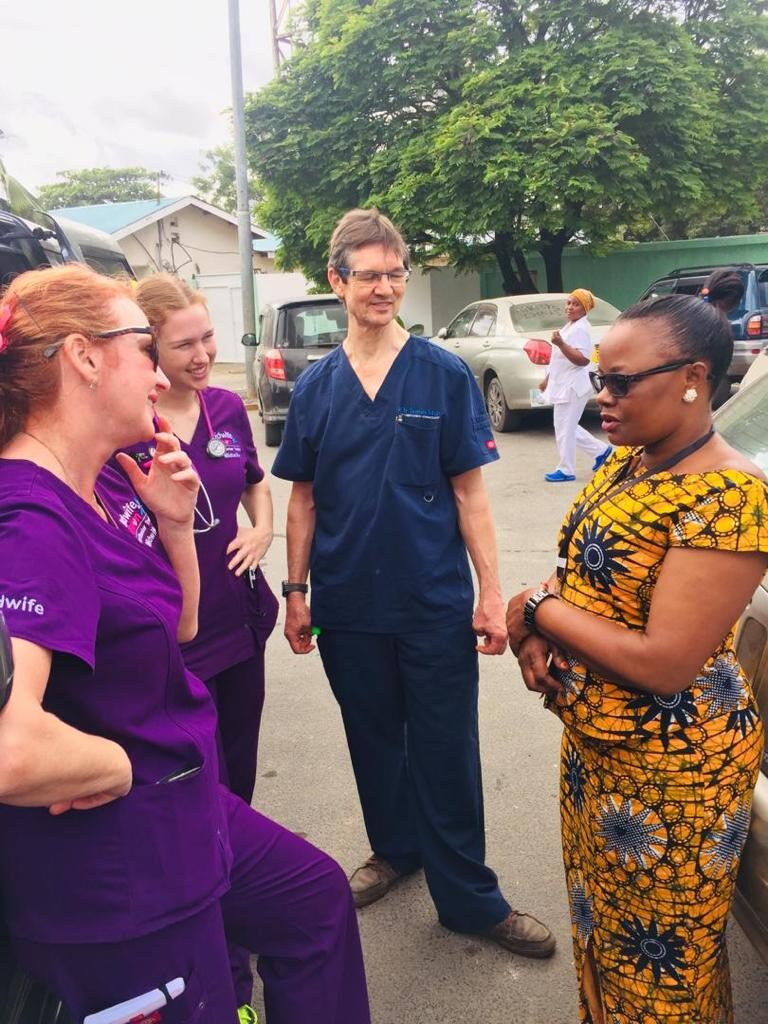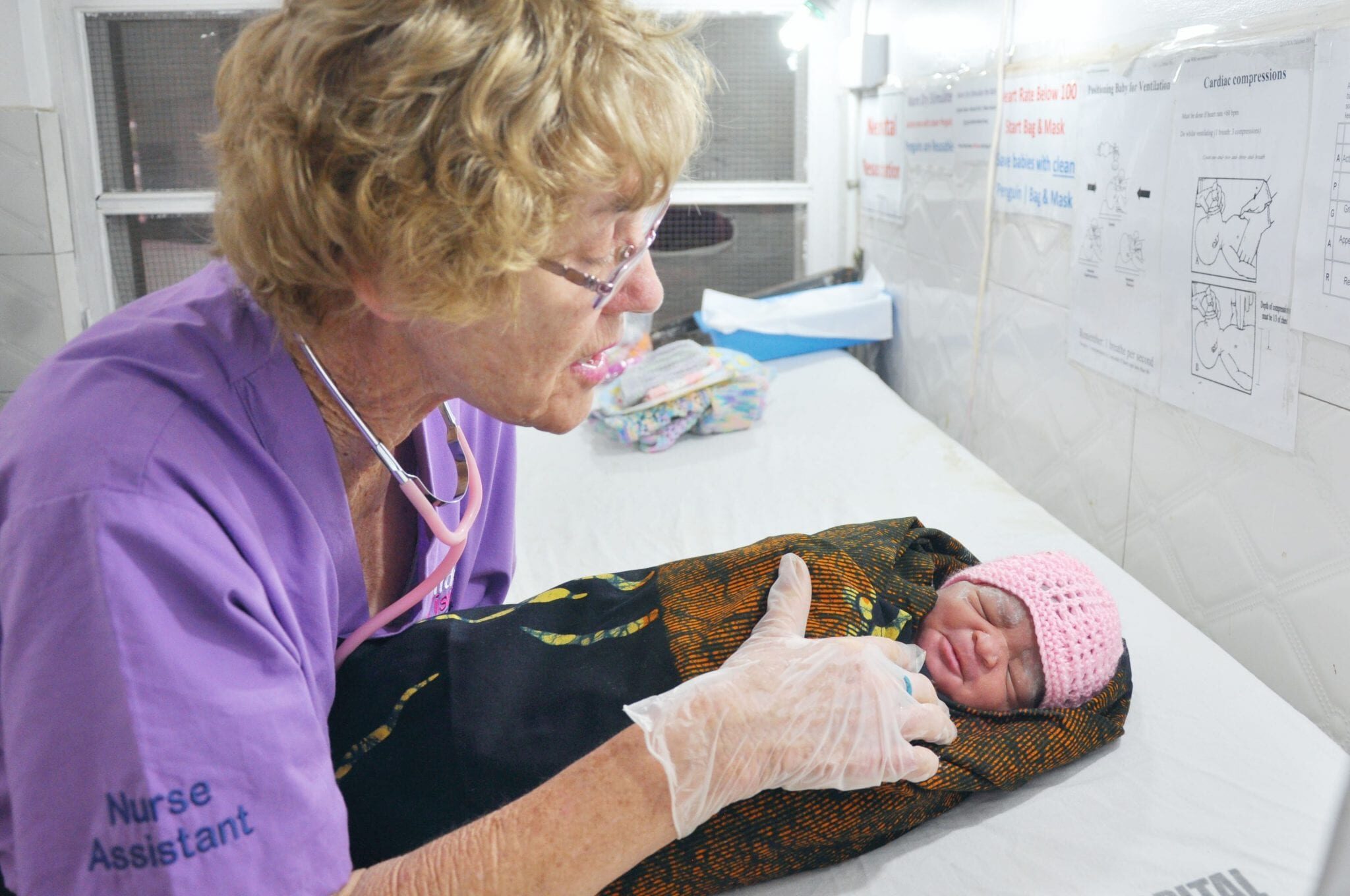The arrival of the Team into Tanzania is a culmination of many details, Visa, immunizations, anti-malarial, medical equipment, arranging flights and all the details around that.
Plus
packing the medical equipment, we only take what we can’t buy or access in Tanzania
and Chase liaises with Micheal our Operations Manager in Tanzania, arranging
the most needed letters from Dr. Shimwela to help us through customs at the
airport.
I am always filled with excitement, nervousness and mixed feelings every time we return. As we leave Australia & look forward to the 14 hours to Dubai and further 6 hours to Dar es Salaam, I love the final descent into Dar, the closely packed houses with their bright blue roofs, the trees, the churches dotted in amidst the villages and neighborhoods, people walking and riding down little dirt tracks and then I track the roads to Amana hospital from the airport and know that in a few short hours we will be in that hospital into a whole new world.
Going through key skills and running drills in my mind – I practice my checklist, in my head – revisit the steps for Breech deliveries, shoulder dystocia, PPH, and Neonatal resuscitation – all of which we see almost every week and certainly at times neonatal (Baby) resuscitation – a daily occurrence …….I have a note book with my key information in it.
Running
drills of the emergencies seems to settle my mind and gives me a sense of purpose
and focus on the mother the baby and my fellow colleagues.
There are always areas that I want to hone down and improve. Every trip I want to learn something, get better at stitching, better at care and finding new techniques together. The midwives are very skilled in some things and not in others. We teach each other. The training clinic is for teaching Midwives, Nurses and Medical students all the main skills required to stop the top five causes of mortality of mothers.
And running through my mind as well, as we fly over the sprawling chaotic city of Dar as salaam …..I reflect on the many friends we have made and midwives-nurses which are as much part of our clinical professional life here as they are friends. We have many times stood shoulder-to-shoulder managing emergencies, beautiful and wonderfully peaceful deliveries, held mothers and cried who have lost a baby and held mothers and cried to celebrate her brand-new baby. Such joys and such heartache.
You can’t help but have doubts yet hope, excitement yet nervous energy …..for this land of contrasts has woven a place in our hearts.
As we return this trip – Chase, Dr. James and myself – will the effort we have put in make a difference or are we simply treading water, does it really matter what we do?
Is
what Chase & I started together making any inroads into Neonatal resuscitation,
saving babies one breath at a time- and the mammas who carry the babies for
nine months – they deserve the best care – the best outcomes.
And after the first few minutes on the first day back on the ward – the answer is the same- yes it does – to the one mamma and the one baby who we touch with medications, equipment, professional care, skill and most of all a mission of their survival, Happiness, by Intervention Nurturing and Education.
That’s
the mission of our S.H.I.N.E program – S= Survival H=
Happiness (because it’s not enough to survive – we must have healthy mammas and
babies) I = intervention – skilled birth attendants with the most up to
date skills – not old antiquated harmful methods, Nurturing and Education
of the key birth attendants, Nurses, Midwives and Doctors.
As I sit on a chair at the house in Dar es Salaam, on the Sunday afternoon when we arrive – I watch the children across the dirt road play a game in the dirt – their laughter is the same as any child around the world and its delightful. The sounds of life unfolding on a Sunday afternoon, singing birds, chicken crowing, little three wheel mini taxis moving down the road as people return from church, the ice-cream man comes through ringing his little bell, an old man selling lemons sings out his wares as he walks down the street, the kids and mammas fill their buckets across the road at a water station – voices of the men at the café talking and sharing jokes, the little charcoal fire cooking something that the mamma is selling, the old man who walks every night who has had a stroke – the rhythm is different, soothing, chaotic and very Africa. I can’t help to contrast it to home, sitting out having a nice glass of bubbles watching the sun go down on the farm, a whole world away…different rhythm, different sounds.
The hospital is as we left it – as busy as ever with so many patients so many babies being born every day. The midwives and Doctors we have known now for years greet us as old friends and within minutes we are in the thick of delivering babies and managing the myriad of details involved in the 13 bedded labour ward that sees between 80-100 babies a day being born. About 14% are caesarean sections where the mother requires an operation to get the baby out for so many reasons. Mothers pelvis might be too small, and the baby is stuck, or the mother is bleeding, the mother has high blood pressure, which is life threatening, and so many other reasons. The lifesaving operation is a gift and having Dr James on this trip as truly wonderful as he took Chase through the operation as she acted as his scrub nurse and assisted him in some four cases. For Dr James it must be so tiring, teaching each case and working with less than the best equipment – a challenge all round.
Chase exhilarated as she takes me through her day in theater with James and the Tanzanian team, the Anesthetists (midwives who do the spinals anesthetics), old man shikamoo who sterilizes all the instruments. Its here amongst these professional colleagues that Chase soaks up the opportunity knowing the time spent with James will assist her in all her classes as she starts her journey to become a Doctor.
She
starts Medical school in September at the Cyprus Campus of the St George London
University.
Its hard to articulate the intensity of the ward, the smells of sweat, body fluids, flies, old bins desperately needing emptying, blood dripping on the floor, and the keen cries of mother calling for us to help them and babies crying soon settled with a breast – and in amidst organised chaos, we teach midwifery students, medical students and new staff, side by side with our professional colleagues. We try and give the best care within an environment with so little in the way of supplies, lack of drugs, gloves, soap, and even basics like running water.
We come for the one: the one baby and mother we can help.
Such a privilege to deliver a baby, and so hard to capture truly the mothers smiles as they hold their babies after long arduous labours, no baths, no water, no heat packs, no pain relief of any kind, no food unless family brings it along – and when they see their baby the tears of joy flow. It’s a universal joy and one that creates an atmosphere of professional pride that a team made all the right decisions to get the baby delivered safe and the mother safe.
Every week we hold training in the Midwifery Training clinic knowing that grass roots training is key to successfully transferring new skill, as is unlearning old antiquated practises. The Uncle Gilbert Scholarships is still running with Sister Theresa Chacky in her final years of studying “O” levels and teaching every week at the Clinic in Midwifery Education. When she has passed her O levels Sister Theresia Chacky can then once again enter the labour ward and teach hands on. The Tanzania Government changed its rules overnight so that even if fully qualified if you don’t hold “O” Levels you cannot work professionally. I won’t comment of the rule change only to say the midwifery profession, which is desperately short worldwide especially in Third world, lost many many midwives.
We
see change happening slowly. Its with much excitement that we can share with
you that Amana hospital, out of 28 regional referral hospitals in Tanzania –
this hospital where our training clinic is – they have seen the biggest drop in
Maternal Deaths and have received an award from the Ministry of Health.
Midwife
Vision feels so proud to be part of this wonderful achievement.





